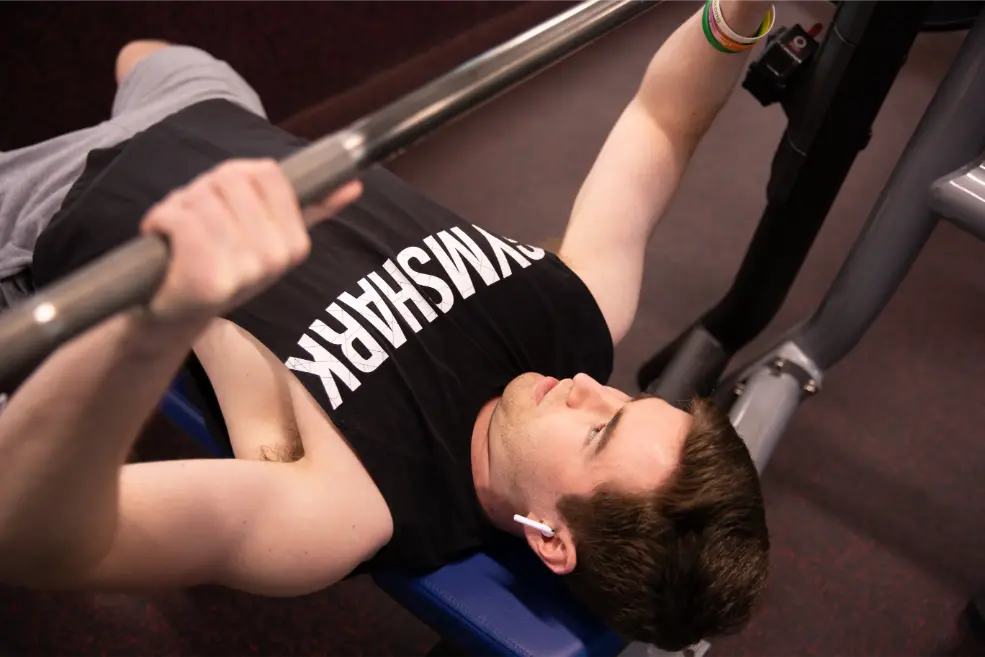When it comes to optimizing your fitness routine, the order in which you perform cardio and weight lifting can significantly impact your results. The debate between doing cardio before or after weightlifting has been ongoing, with varying opinions and research findings. This article aims to shed light on the pros and cons of each approach, helping you make an informed decision based on your fitness goals.
The impact of cardio on weightlifting
Combining cardio and weight lifting in a single workout session can offer numerous benefits, including improved cardiovascular health, increased calorie burn, and enhanced overall fitness. However, the timing of each activity can affect your performance and results.
Benefits of combining cardio and weight lifting
- Enhanced endurance: Cardiovascular exercises can improve your heart health and stamina, allowing you to lift weights for a longer duration.
- Increased calorie burn: Alternating between cardio and weight lifting can keep your heart rate elevated, leading to higher calorie expenditure.
- Improved fitness: Incorporating both cardio and strength training can lead to a more balanced and comprehensive fitness routine.
Potential drawbacks
- Fatigue: Doing cardio before lifting weights can deplete your energy reserves, potentially affecting your strength and performance during weight lifting.
- Overtraining: Combining intense cardio and weight-lifting sessions without adequate rest can lead to overtraining and increase the risk of injury.
Cardio before weightlifting
Let’s take a look at the potential benefits and downsides of doing cardio before your weightlifting session.
Advantages
- Warm-up: Cardio can serve as an effective warm-up, increasing blood flow to your muscles and preparing your body for weight lifting. This is especially important for back workout because nobody likes back pain. So if you want to mix cardio with back exercises, check out these 10 dumbbell exercises for every woman.
- Fat loss: Doing cardio first can utilize your glycogen stores, leading to greater fat burning during weight lifting.
Disadvantages
- Reduced strength: Cardio can deplete your energy, potentially leading to a decrease in strength and performance during weight lifting.
- Muscle fatigue: Pre-exhausting your muscles with cardio can make it challenging to maintain proper form and intensity during weight lifting.
Cardio after weightlifting
Now let’s see what you can expect if you are doing cardio after your workout session.
Advantages
- Preserved strength: Lifting weights first ensures you have maximum energy and strength for your weight training session.
- Enhanced fat burning: Weight lifting first can deplete glycogen stores, making your body more likely to use fat as fuel during the subsequent cardio session.
Disadvantages
- Possible fatigue: Intense weight lifting can leave you feeling fatigued, which might affect your performance and endurance during cardio.
- Time management: If you’re short on time, you might be tempted to skip the cardio session after an exhaustive weight-lifting workout.
What do you need to consider?
When deciding whether to do cardio before or after weight lifting, consider the following factors:
- Fitness goals: Your primary objective plays a crucial role in determining the order. If your goal is to build muscle, prioritize weight lifting. If you’re focusing on endurance or weight loss, starting with cardio might be more beneficial.
- Energy levels: Pay attention to how your body feels during workouts. If you find that doing cardio first leaves you too fatigued for weight lifting, it might be better to switch the order.
- Time constraints: Consider the amount of time you have for your workout. If you’re pressed for time, you might need to alternate between cardio and weight lifting on different days.
If you are looking for a gym in Fayetteville where you can take your cardio and weightlifting sessions to the next level and enjoy next-level recovery amenities that are included in your membership, visit HiTone Fitness.
Final thoughts
The decision to do cardio before or after weight lifting depends on your individual fitness goals, energy levels, and time constraints. Both approaches have their advantages and drawbacks, and what works best for one person might not be ideal for another.
Experiment with both orders and pay attention to how your body responds. Ultimately, the most important factor is consistency in your workout routine, regardless of the order you choose.







